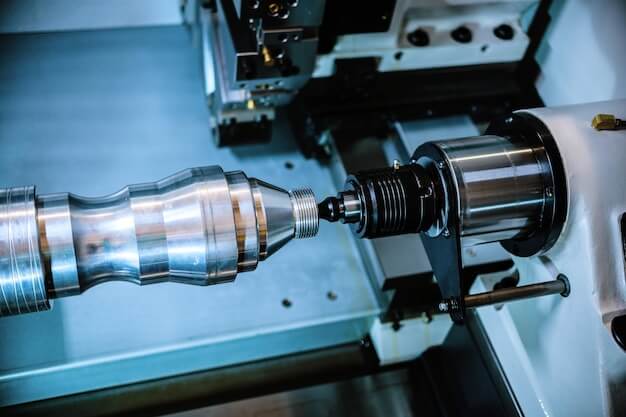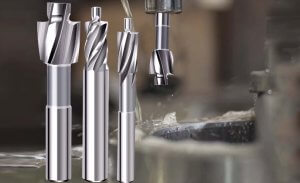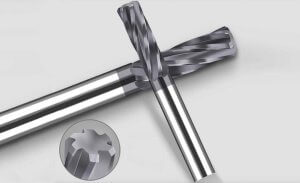As advancements continue to shape the manufacturing landscape, Computer Numerical Control (CNC) machining stands at the forefront. An intricate process that involves encoding and automation, CNC machining ensures precision cutting, shaping, or drilling materials for exact specifications. One essential component within this is bead blasting—a technique utilized primarily for surface finishing. This article explores the nature of bead blasting and its role within CNC machining operations.
Bead blasting refers to a form of high-pressure sandblasting that uses small glass beads as an abrasive. Its goal is not just removing imperfections like rust and mill scale, but it also provides a matte finish on metallic surfaces, ensuring the parts look better and offer improved friction properties when compared with non-blasted counterparts.
Broadly speaking, the bead blasting procedure starts by loading the chosen material into a specialized machine where it’s showered with tiny glass spheres propelled under high pressure. The intensity of the bead jet can be modified according to necessity—allowing customization of finished textures.
In relation to the CNC machining, bead blasting often serves as a post-machining process. After a part has been shaped via a CNC machine, it may require further refinement to achieve the desired texture or physical characteristics. Herein resides the utility of bead blasting—it refines the previously machined components, improving their overall quality, and boosting performance.
The effectiveness of bead blasting in CNC machining depends largely on the skill level of the technician operating the equipment. The professional must know how to adjust variables like air pressure and flow rate effectively, influencing the final appearance. With adequate training and experience, an operator can do wonders and render even the most challenging components fit for purpose.
Many industries widely use bead blasted CNC machined parts due to their aesthetic appeal and functional attributes—and include sectors such as automotive, aerospace, medical, electronics, oil & gas, and more. Companies in these sectors equally value both the mechanical merit and visual excellence that bead blasted CNC parts offer.
Let’s bring a CNC component production using bead blasting to illustrate better. Suppose we’re talking about an aluminum car engine part that requires high accuracy and impeccable surface finish. The component will first undergo CNC machining, where it’ll be meticulously augmented to match required specifications. Then, post-machining the part would proceed for bead blasting—using glass beads of specific size, propelled under carefully regulated pressure—to achieve an outstanding, uniform matte finish.

Herein resides the magic of CNC with bead blasting—the once raw piece of aluminum has now transformed into a highly efficient, prodigiously detailed car engine part—with enhanced resistance to corrosion and improved overall functionality, all thanks to the power of precise manufacturing and skilled finishing.
In conclusion, bead blasting as used within CNC machining isn’t just a technique; it’s a quintessential element of modern manufacturing—a testament to how much detail goes on behind even the simplest objects that make up our world. Given its importance in delivering quality-product outcomes, understanding the intricacies of this process becomes integral for those involved in producing precision-based machinery or equipment. With every single glass bead that hits the surface of a material, it brings us one step closer to realizing our design dreams—and such is the marvel of CNC machining and bead blasting.
Other Articles You Might Enjoy
- Innovative CNC Machining for Advanced Spacecraft Components
Introduction: CNC Machining and its role in Spacecraft Components Computer Numerical Control (CNC) machining has, over the years, proven to be one of the most integral pillars within manufacturing industries.…
- Ceramic Tooling in CNC Machining: Breaking the Myths About Durability and Performance?
CNC Machining and Ceramic Tooling: Busting the Myths Computer Numerical Control (CNC) machining is an advanced method of manufacturing where pre-programmed software controls the movement of factory machinery, giving intricate…
- CNC Machining Parts Factory: Specializing in High-Quality Steel
Introduction to CNC Machining and its Significance CNC (Computer Numerical Control) machining is a critical component in modern manufacturing, responsible for executing complex cuts and designs with absolute precision. This…








